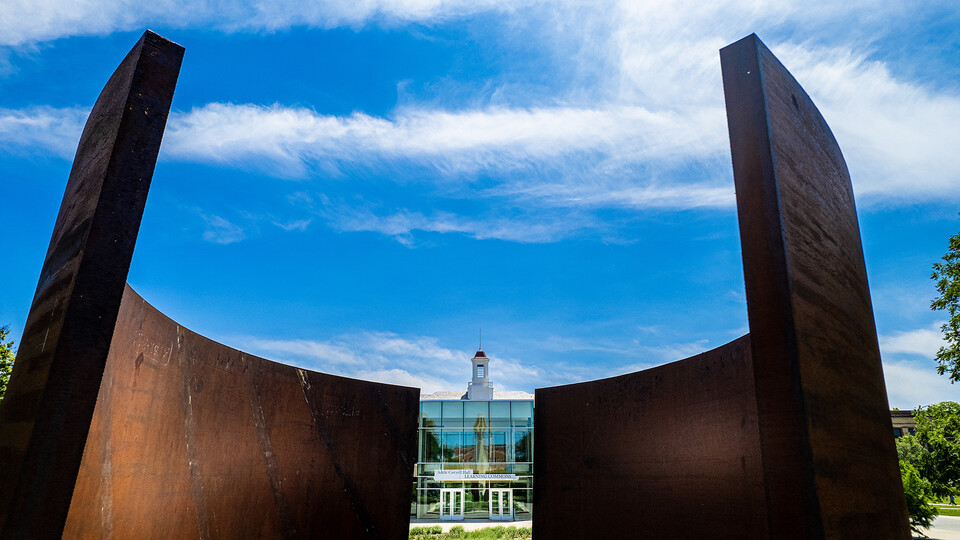
Athletes with a history of concussions have subtle differences in brain wave activity compared to athletes without any history of concussions, according to the results of a three-year study by the University of Nebraska-Lincoln’s Center for Brain, Biology and Behavior.
Patrick Ledwidge, a Ph.D. student studying neuroscience and behavior, recruited 44 student-athletes from a football team at a Midwestern university, which couldn’t be named due to confidentiality of the participants.
Of the 44 student-athletes who volunteered, half had at least one self-reported concussion in the past, while the other half had no reported concussions. Ledwidge said the student-athletes with a concussion history had an average of four years since their previous concussions, and all had fully recovered from their previous concussions.
There were no differences recorded between the two groups until researchers examined the brain activity of the participants. The researchers administered an auditory oddball task, which has subjects detecting noises while wearing headphones, to measure the participant’s selective attention and recorded their brain waves using Event Related Potential (ERP), which records the electrical activity of neurons in the brain.
The researchers found during the auditory oddball task that the group of student-athletes with a self-reported history of concussion, on average, showed an increase of brain activity in the left inferior parietal gyrus, in comparison to the group with no concussion history.
Ledwidge and researchers are still interpreting the results, since the groups performed the same on the functional test.
“[The student-athletes] are not manifesting in any sort of behavioral, cognitive differences, at least in the test that we administered,” Ledwidge said. “We can conclude that some football student-athletes with a self-reported history of concussion engage in different levels of activity in certain areas of the brain. There are differences in brain activity related to a prior history of concussion, but we still are trying to figure out what those differences in brain activity actually mean. That’s because on the paper/pencil test, they were functionally the same.”
Andrea Meinders, who started on the project as a primary research assistant, described the study as one of the most rewarding experiences as an undergraduate student. Her experiences granted her more in-depth knowledge of the brain and the field of neurology.
“I was most surprised to find that very few studies had analyzed data to see if there were differences in brain waves and responses between males and females,” Meinders said. “The majority of the research conducted prior to 2015 in the area recruited only male athletes, even though there are many female athletes who are also at risk for concussion and the long-standing effects that may be associated with them.”
Ledwidge is excited about the future of neuroscience, due to the massive increase of interest from media and society. He and others are at the onset of this science with a bright future ahead.
“We’re really at the infancy in figuring out if and how concussions change the brain,” Ledwidge said. “I think the goal is to provide support and education for student-athletes, parents, coaches and trainers.”


